While Samsung remains the world's the dominant supplier of OLED panels and will supply Apple with up to 92 million OLED screens over the next two years, a new report today suggests that Apple is looking to diversify its supply chain by investing $1.75-2.62 billion into LG Display's OLED manufacturing. Specifically, Apple and LG Display are said to be considering a deal that would funnel Apple's investment into LG Display's new "E6" OLED plant, which would be "exclusively dedicated to Apple orders" (via The Korea Herald).

LG Display's production on OLED screens is still far off, with its output for Apple predicted to start sometime in early 2019, which still places Samsung as the reigning supplier of OLED components for Apple over the next few years. No deal between Apple and LG Display is confirmed yet, with the companies having "tentatively" agreed upon the investment plans and more finalized details expected to come later in the month.
Apple is reportedly in talks with LG Display to invest about 2 to 3 trillion won (US$1.75-2.62 billion) into the Korean display maker’s new OLED production lines exclusively dedicated to Apple orders.
“Samsung Display is the only display maker that meets Apple’s strict quality criteria for now,” said an industry source on condition of anonymity. “LG Display is said to be meeting about 70 percent level of the requirements, while Chinese display makers are still struggling to catch up with that of LG.”
For the 2017 line of iPhones, rumors have been pointing towards the "iPhone 8" as having an OLED screen, while the iPhone 7s and iPhone 7s Plus will include standard LCD panels. The iPhone 8 is believed to include a 5.8-inch edge-to-edge display, glass body, wireless charging, no physical Home button, and potentially 3D sensing features for facial recognition.
A report out of Korea earlier this year stated that Apple aims to make every iPhone with an OLED screen by 2019, which would fall in line with today's report of Apple's and LG Display's deal being eyed for a 2019 production ramp-up on OLED screens.



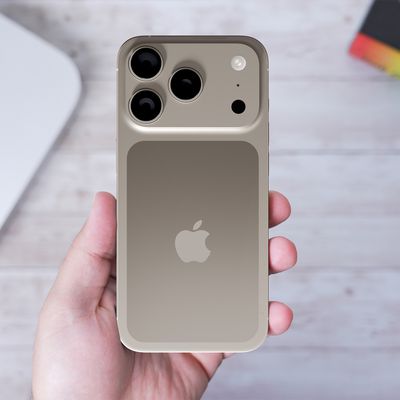
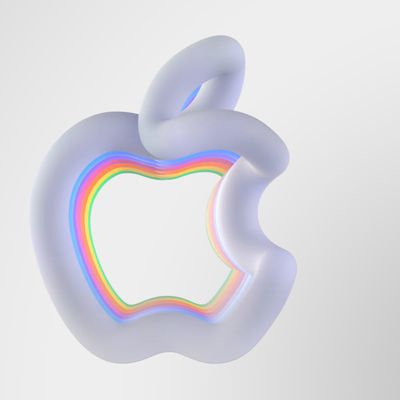
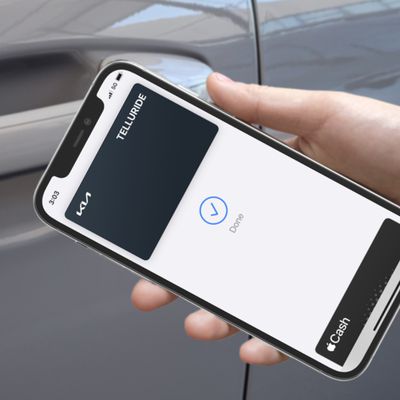
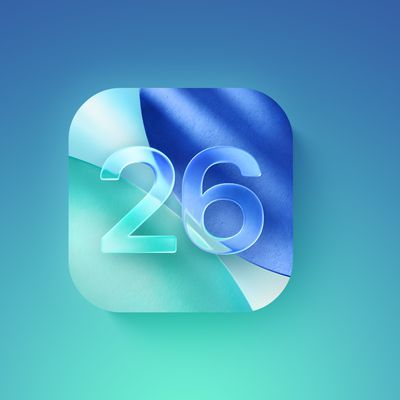
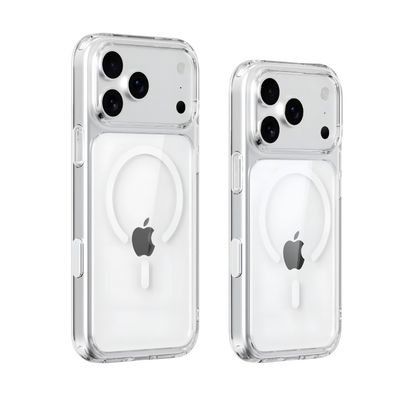
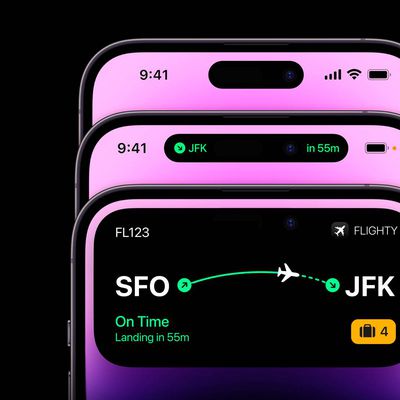









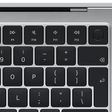

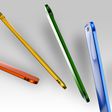
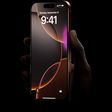
Top Rated Comments
It seems like every time I see a Samsung phone... it has a bluish-greenish tint to it. I've seen it for years... starting with the original Galaxy S
On the flip-side... I've never looked at any iPhone and thought the screens looked bad/weird.
So let's hope Apple keeps nice colors if they switch to other screen technologies.
Honestly OLED still has a ways to go. I love how battery life is extended when you go to dark mode on apps and themes on the Samsung S8+. But a lot of S8's and S8+ that I saw, including my own, were plagued with really noticeable pink "stains" that Samsung had to address with a software update that let us fine tune the calibration of our displays in order to remove it.
On one Note 7 my husband had, the display had a dark dingy look and an aqua tint. There are variances in display evenness and tint among OLED displays. So we aren't going to be free from the display lottery we have been playing all along with past and current LCD iPhone displays. As long as everyone is aware of what OLED's potential benefits and shortcomings are, that's great. I just worry that some folks unbridled enthusiasm means they might not be aware the OLED displays still have their share of problems. That being said, I'm glad to see them coming to an iPhone because the advantages to battery life are quite beneficial.
I hope iOS and apps also get a dark mode. I'd like that even on my current iPhone. I enjoy the look on my Kindle reader.
CLEDIS has a resolution of less than 20 PPI. Twenty. Even Sony's first attempt at a mLED consumer TV was only 40 PPI. A retina display is more like 300 PPI. "Micro LED" is not yet "micro" in mass production.
"MicroLED" is just a name that sounds cooler than saying "conventional gallium-nitride LED" (that is, oldtime inorganic LED versus organic LED or OLED).
There's been many threads in the past about iPhone screens that were too yellow or too blue.
OLED screens are often set to a bright color mode to show off., but the mode can be changed. Probably Apple will default to the more realistic mode.